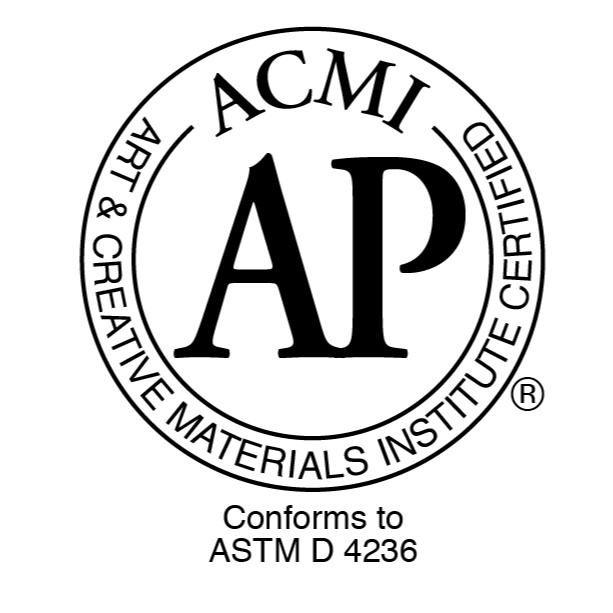Art Clay Silver
Short intro movie of Art Clay Silver
Characteristics of Art Clay Silver
This product is composed of pure silver particles, a binding agent, and water. The binding agent is derived from natural pulp fiber. During the firing process, the pure silver particles solidify and become pure silver with a fineness of 99.9% or higher. The binding agent, which consists of carbon, hydrogen, and oxygen, decomposes upon firing, releasing a small amount of carbon dioxide and steam.
After firing, the piece typically shrinks by approximately 8–9% in length. This is a low-temperature firing clay that can be fired starting from 650℃ (1200°F), at which point it transforms into pure silver (99.9%). Thanks to its special formulation, this product can be combined with materials such as glass, porcelain, and ceramics. It is also suitable for firing with sterling silver findings or wire—specifically those marked SV925 or higher. When doing so, a firing temperature of 650℃ (1200°F) with a holding time of 30 minutes is recommended.
The surface of the fired piece will initially appear white and matte due to silver crystallization during firing, but a polished luster can be achieved afterward. Please note: soldered pieces should not be fired with this product, as typical soldering temperatures are lower than the required firing temperature.
Art Clay Silver Clay Type
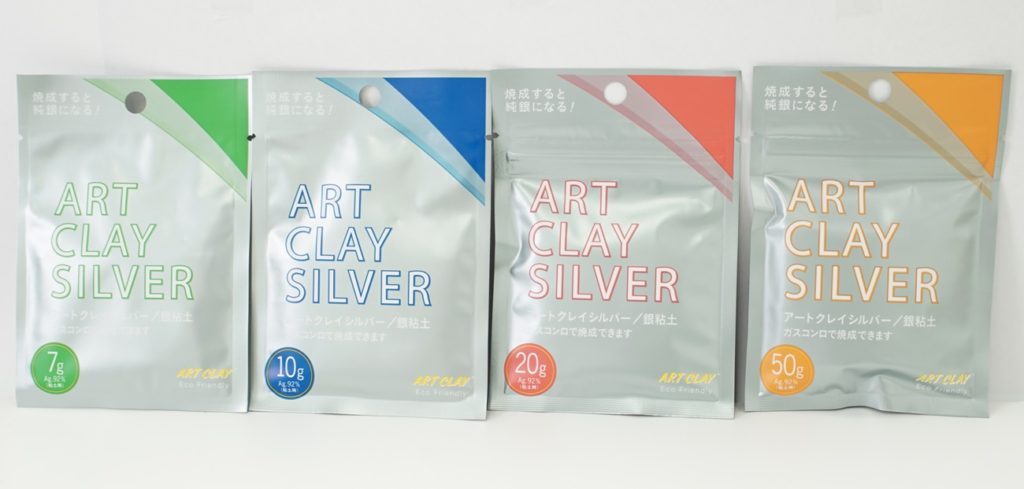
- Available in 7g, 10g, 20g and 50g package.
- This type can be modeled in the same way as regular water-based clay.
- Once opened, it is susceptible to the air and must be kept moist in order to retain its pliability and workability. Use promptly after unsealing. Take out only the necessary amount of clay for your work, place the rest of the clay in a plastic bag and keep it in a sealed container to prevent it from drying out.
- Use a container of water and a paintbrush to moisten any areas of the clay surface that begin to crack while working.
- It is known that silver will melt at 961℃/1761°F. Therefore, it is recommended that your firing temperature does not exceed 900℃/1652°F.
- Keep the clay indoors out of direct sunlight.
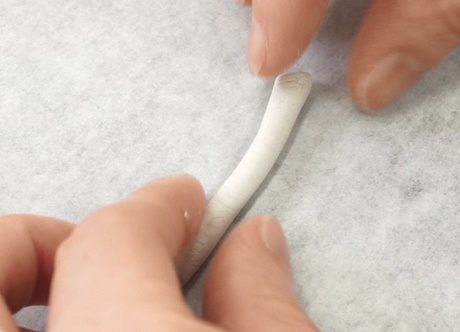
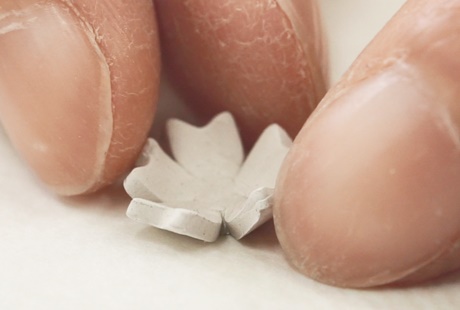
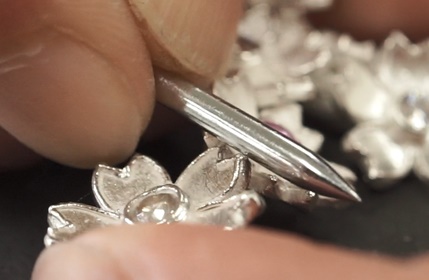
Art Clay Silver Paste Type
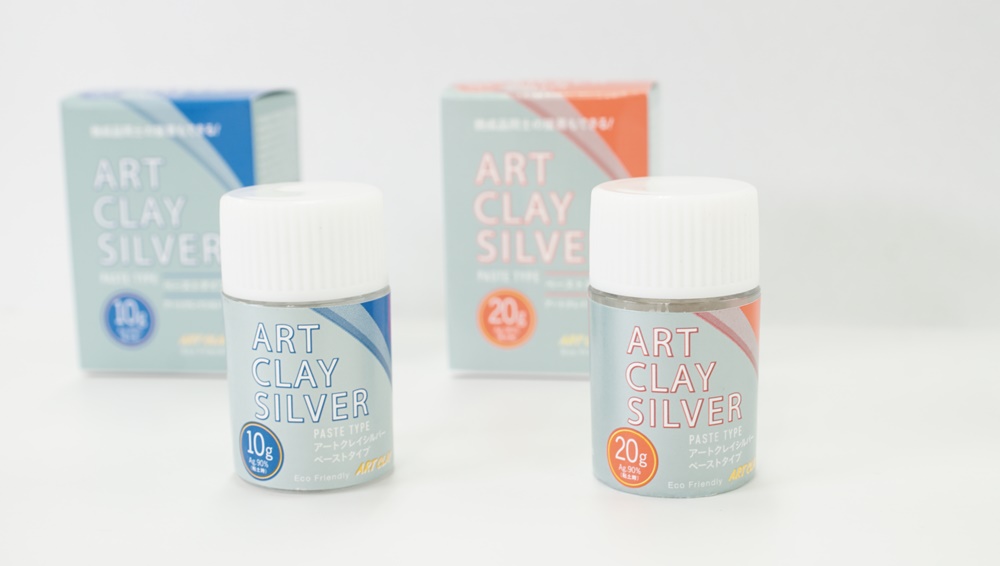
- Available in 10g and 20g package.
- The only difference between Paste type and Clay type is the amount of water portion in the mixture.
- Paste type comes in the consistency of melted ice cream and you should only transfer the amount needed from the jar to a small tray and dilute with water to create the desired thickness.
It is used in several ways:
-
- As a glue to join two pieces of dry or wet clay together.
- As a gap-filler for pits and cracks that appear in dried pieces.
- To attach silver findings (screw eyes, bailbacks, brooch findings, etc.) to dried or wet clay pieces. During firing, the normal contraction of the clay bonds the findings.
- When applied in separate layers onto organic forms such as leaves, dried flowers, paper-origami, etc, Paste type creates a perfect impression of the form



Art Clay Syringe Type
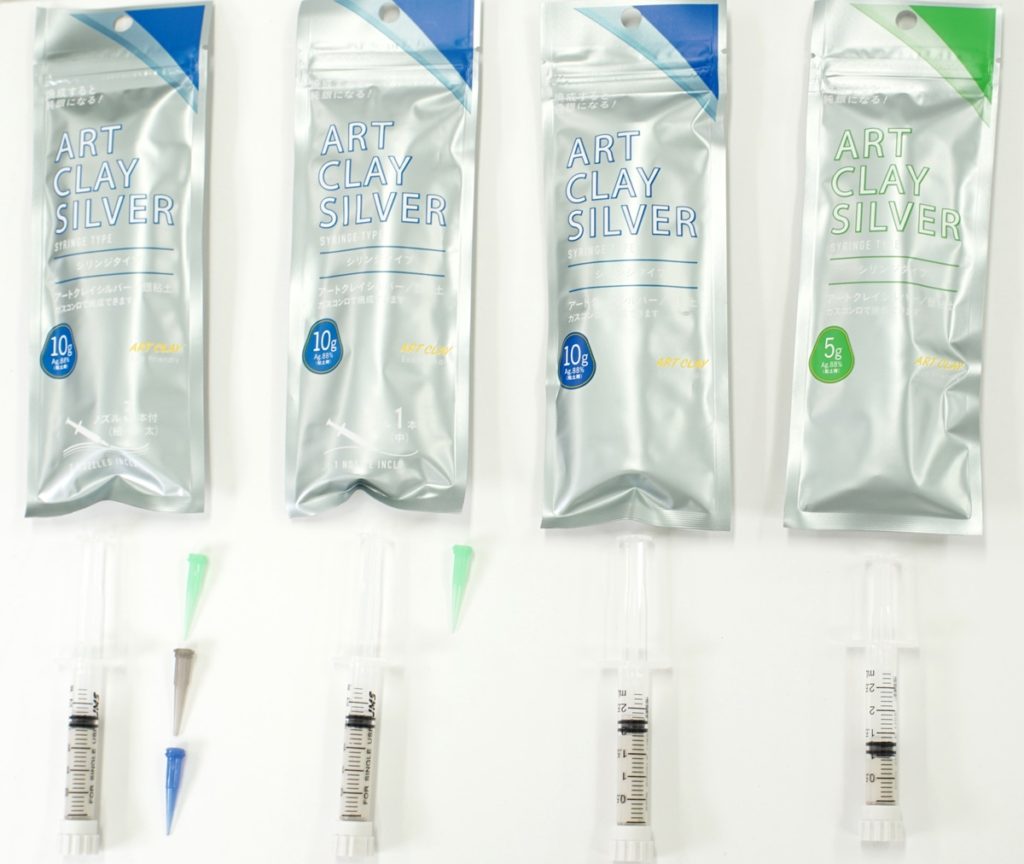
- Available in 5g, 10g, 10g with one tip (green nozzle) package and 10g with color-coded tips (blue, green and gray)
- Syringe type is Art Clay Silver in a pre-loaded syringe.
- The consistency of Syringe type is totally different from that of Paste and Syringe type is thicker, more controllable and allows more workability.
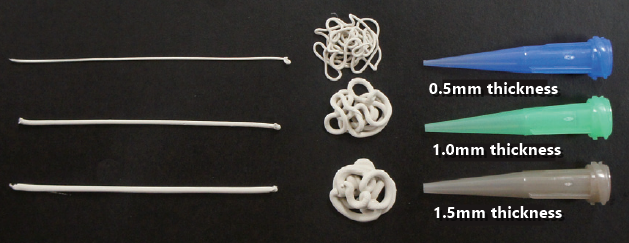
Diameter of each syringe nozzle is
- Blue Nozzle: approx. 0.5mm thickness
- Green Nozzle: approx. 1.0mm thickness
- Gray Nozzle: approx. 1.5mm thickness
It is used in several ways:
- To decorate pieces, much like using cake decorating tips. Lines, filigree, faux cloisonné borders, and even hollow balls can be made with Syringe type.
- As a repair “glue” to fill cracks and gaps.
- To attach findings to wet or dry clay pieces.



Information on Drying and Firing of Clay type, Paste type and Syringe type
Drying
Reference guide for an object up to 1mm thick and 5g. If your work is larger, more drying time will be needed.
There are several ways to dry your work.
-
- Hair dryer: At least 10 minutes with a 1200w hair dryer. Place the dryer within 5-10cm/3 inches from the piece.
- Cooking plate: At least 10 minutes at 150℃/300°F
- Kiln: At least 10 minutes at 150℃/300°F
- Natural / air dry: At least 24 hours at room temperature.
- *Do not apply the heat over 250℃/480°F, otherwise the binder burns away and shape of the piece will change.
How to tell when the piece is dry enough
Place the piece on a sheet of stainless steel, glass or plastic and after 10~20 seconds pick up the piece. If there is no croud of water vapor, it is dry. (It is easy to check the vapor cloud on black stainless, glass or plastic).
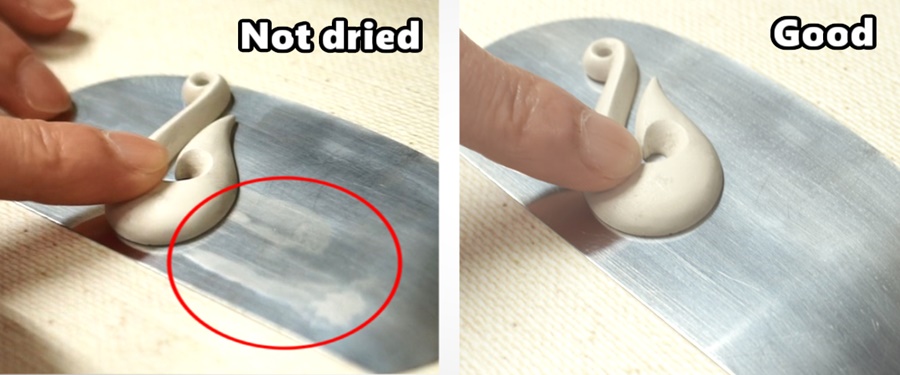
Firing
Can be dired with butane torch, gas stove or in a kiln.
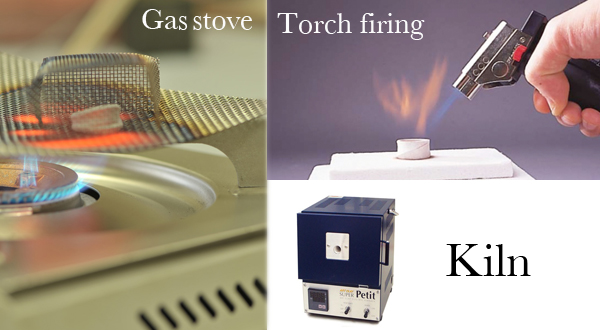
Firing instruction
| Firing temperature | 650℃/1200°F | 700℃/1290°F | 750℃/1380°F | 800℃/1472°F |
| Holding time | At least 30 mins | At least 15 mins | At least 10 mins | At least 5 mins |
Warning
- This product may crack and burst during firing if insufficiently dry.
- Oxygen is consumed during firing and smoke and gas emissions may result. Please fire in a well ventilated area.
- Do not place just-fired pieces on any flammable surfaces or combustible materials as the piece will be extremely hot and could cause a fire.

Caution
- Take precautions against burns from the heated clay when drying, firing, and after firing.
- Keep out of the reach of children. If the product comes into contact with eyes or mouth, please rinse thoroughly with running water. If problems persist, please see a doctor.

Art Clay is certified safe for use
The AP (Approved Product) Seal, with or without Performance Certification, identifies art materials that are certified safe for use in an extensive toxicological evaluation by medical experts to contain no materials in sufficient quantities to be toxic or injurious to humans, including children, or to cause acute or chronic health problems. This seal is currently replacing the previous non-toxic seals: CP (Certified Product), AP (Approved Product), and HL Health Label (Non-Toxic) over a 10-year phase-in period. Such products are certified by ACMI to be labeled in accordance with the chronic hazard labeling standard, ASTM D 4236, and the U. S. Labeling of Hazardous Art Materials Act (LHAMA). Additionally, products bearing the AP Seal with Performance Certification or the CP Seal are certified to meet specific requirements of material, workmanship, working qualities, and color developed by ACMI and others through recognized standards organizations, such as the American National Standards Institute (ANSI) and the American Society for Testing and Materials (ASTM). Some products cannot attain this performance certification because no quality standard currently exists for certain types of products.
